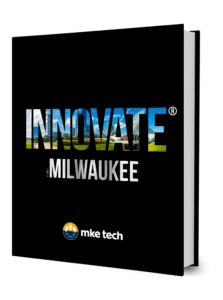Innovation alone does not guarantee market success. Many promising technologies fail to gain traction because companies struggle to translate technical breakthroughs into commercially viable products. This is where Tech Translation—a structured framework for bridging the gap between technology development and market adoption—becomes essential.
The Tech Translation Framework
Tech Translation integrates four key components: market placement, market sizing, technology development, and commercialization strategy. Each plays a crucial role in ensuring that innovation is not only technically feasible but also positioned for market success.
- Market Placement – Identifying the ideal application, customer base, and competitive positioning. Assumption storming, a technique used to challenge existing market assumptions, helps uncover untapped opportunities.
- Market Sizing – Assessing total addressable market (TAM) and growth potential using methodologies such as top-down analysis, bottom-up modeling, and basis-relational data analysis.
- Technology Development – Aligning R&D efforts with commercial viability, ensuring IP protection, and managing risks associated with product development.
- Commercialization Strategy – Executing a structured launch plan, managing market entry risks, and ensuring competitive differentiation.
Tech Translation can transform businesses of all shapes and sizes in various market categories. Here are a few case studies that exemplify the impact of Tech Translation:
Subway & Market Placement: Subway expanded into the breakfast segment by challenging the assumption that sandwiches were only for lunch and dinner. This strategic pivot unlocked new revenue streams and strengthened its market position.
Starbucks & Market Timing: Starbucks redefined coffee consumption habits by proving that consumers would pay a premium for high-quality coffee in a dedicated environment—shaping the modern coffee culture.
Hydraulic Fracturing & Market Expansion: The oil and gas industry revolutionized drilling practices by shifting from vertical to lateral drilling, dramatically increasing resource extraction efficiency. This pivot in the industry required breaking every assumption related to vertical drilling and heavy investment in technology development to achieve success.
The Role of Intellectual Property & Competitive Strategy
A robust IP strategy is critical for maintaining competitive advantage. Companies must ensure that their innovations are protected while leveraging them for market differentiation. Additionally, understanding key performance indicators (KPIs), market risks, and competitor strategies allows firms to refine their approach and enhance their chances of success.
Applying Tech Translation to Your Business
Companies facing stagnant growth, under performing revenues, or market competition challenges can benefit from Tech Translation. By systematically applying this framework, organizations can:
- Identify new revenue streams
- Accelerate commercialization of R&D projects
- Improve market adoption rates
The key takeaway? Innovation alone is not enough—strategic market execution is essential. Tech Translation provides a repeatable process for aligning cutting-edge technology with commercial success, ensuring that great ideas don’t just remain ideas—they become market-changing solutions.
To learn more about the Tech Translation Framework, visit www.augustbrown.com/TechTranslation














